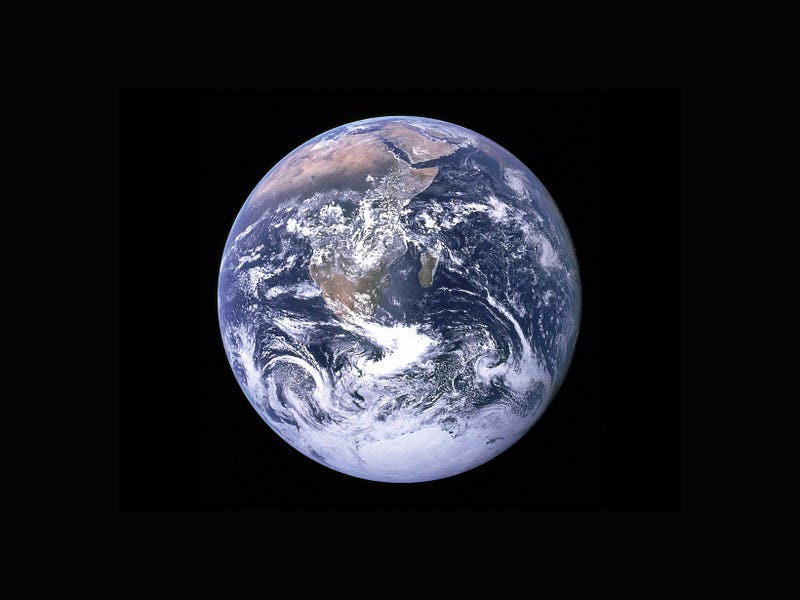Understanding the Surge in Climate Records: A Critical Analysis
Written on
The Unprecedented Rise in Climate Anomalies
In recent weeks, the world has witnessed an alarming series of climate anomalies, with numerous records being shattered simultaneously. On July 4th, the global average temperature hit an unprecedented high, surpassing the previous day’s record. Concurrently, sea surface temperatures have reached levels never seen before, while the volume of Antarctic sea ice has plummeted to an all-time low.
Adding to this concerning trend, the World Meteorological Organization officially announced the onset of El Niño on July 4th. This climatic phenomenon is anticipated to trigger spikes in global temperatures and disrupt established weather patterns in the near future.
The combination of El Niño's effects and reduced aerosol levels has created a potent synergy, leading to soaring temperatures.
What Are Aerosols?
Aerosols are minuscule particles suspended in the atmosphere, which play a crucial role in cooling the planet by reflecting solar radiation back into space. With the warming waters associated with El Niño and a decline in aerosol concentrations, the natural cooling effect has been diminished, resulting in a rise in temperatures.
As El Niño warms the ocean, it increases atmospheric water vapor, which in turn traps more heat. The reduction in aerosol levels means that more sunlight can reach the Earth's surface, exacerbating the temperature rise.
What Is El Niño?
El Niño is a natural climatic oscillation characterized by warmer-than-average surface temperatures in the central and eastern Pacific Ocean near the equator. This phenomenon alters air pressure, wind patterns, and ocean currents, often leading to severe weather events such as droughts, floods, and storms.
Though El Niño doesn't generate additional heat, it redistributes existing heat from the ocean, often causing temperature spikes in various regions. When combined with global warming, the effects of El Niño can amplify heatwaves, making them more severe than either factor would cause independently.
The convergence of El Niño's warming effects and reduced aerosol levels has resulted in a dramatic rise in global temperatures.
The Climate Change Dilemma
Furthermore, the looming threat of climate change adds another layer of complexity. According to a report from the World Meteorological Organization, there is a 66% probability that global average temperatures will temporarily exceed 1.5°C above pre-industrial levels within the next five years.
This situation should not be viewed lightly; it serves as a critical warning for immediate action before irreversible damage occurs.
Thank You for Engaging!
Chapter 1: The Urgency of Addressing Climate Records

Section 1.1: The Role of El Niño
This video explores the recent record-breaking temperatures and the role El Niño plays in climate fluctuations.
Subsection 1.1.1: Understanding Aerosol Impact
Section 1.2: The Implications of Climate Change
A climate scientist discusses the pressing concerns surrounding climate change and its potential consequences for humanity.